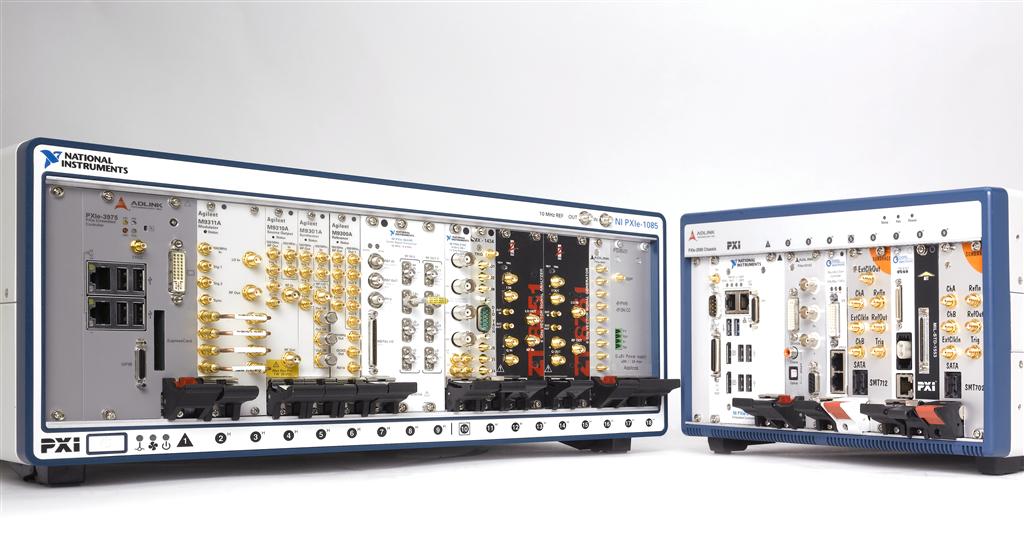Description
The National Instruments DAQCard-6036E with part number 778561-01 is a versatile Multifunction I/O Device compatible with NI-DAQ 7 drivers. This device supports a range of software, including VI Logger, LabWindows, LabVIEW, and Measurement Studio, and operates on Windows NT/XP/2000 systems. It allows for programming in C/C++ and Visual Basic, making it flexible for various development needs.
The DAQCard-6036E features a 68-position VHDCI female I/O connector and requires a power supply of +5 VDC at 300 mA, while providing +4.65 to +5.25 VDC at 0.75 A at the I/O connector. It is equipped with 16 single-ended or 8 differential analog inputs with a 16-bit resolution, and can handle a maximum sampling rate of 200 kS/s. The input voltage range for this device is ±0.05 to ±10 V.
For output, the DAQCard-6036E provides 2 analog output channels, enhancing its capability for various applications. This comprehensive device integrates seamlessly into a variety of systems, making it a powerful solution for data acquisition needs.
| Specification | Detail |
|---|---|
| Part Number | 778561-01 |
| Manufacturer | National Instruments |
| Product Name | DAQCard-6036E Multifunction I/O Device |
| Driver Compatibility | NI-DAQ 7 |
| Supported Software | VI Logger, LabWindows, LabVIEW, Measurement Studio |
| Compatible Operating Systems | Windows NT/XP/2000 |
| Programming Languages Compatibility | C/C++, Visual Basic |
| I/O Connector Type | 68-position VHDCI female |
| Power Requirements | +5 VDC at 300 mA |
| Power Available at I/O Connector | +4.65 to +5.25 VDC at 0.75 A |
| Analog Inputs | 16 single-ended or 8 differential |
| Analog Input Resolution | 16-bit |
| Maximum Sampling Rate | 200 kS/s |
| Input Voltage Range | ±0.05 to ±10 V |
| Analog Outputs | 2 channels |
Q1: What type of connector does the National Instruments DAQCard-6036E use, and what is the power supply requirement for this multifunction I/O device?
A1: The National Instruments DAQCard-6036E uses a 68-position VHDCI female I/O connector and requires a power supply of +5 VDC at 300 mA.
Q2: What operating systems are supported by the National Instruments DAQCard-6036E Multifunction I/O Device, and which programming languages can be used for development with this hardware?
A2: The National Instruments DAQCard-6036E uses a 68-position VHDCI female I/O connector, requires a power supply of +5 VDC at 300 mA, and provides +4.65 to +5.25 VDC at 0.75 A at the I/O connector; it features 16 single-ended or 8 differential analog inputs with a 16-bit resolution and a maximum sampling rate of 200 kS/s, and accepts an input voltage range of ±
Q3: What software and programming languages are supported by the National Instruments DAQCard-6036E Multifunction I/O Device, and what are its power requirements?
A3: The National Instruments DAQCard-6036E Multifunction I/O Device supports VI Logger, LabWindows, LabVIEW, and Measurement Studio software, as well as programming in C/C++ and Visual Basic, and requires a power supply of +5 VDC at 300 mA with the I/O connector providing +4.65 to +5.25 VDC at 0.75 A.
Q4: What software is compatible with the National Instruments DAQCard-6036E, and what are its key features in terms of power supply, analog input resolution, maximum sampling rate, and input voltage range?
A4: The National Instruments DAQCard-6036E is compatible with VI Logger, LabWindows, LabVIEW, and Measurement Studio software, and its key features include a power supply requirement of +5 VDC at 300 mA, 16 single-ended or 8 differential analog inputs with a 16-bit resolution, a maximum sampling rate of 200 kS/s, and an input voltage range of ±0.05 to ±10 V.
Q5: What type of connector does the National Instruments DAQCard-6036E use, and what are the power requirements and analog input specifications of this multifunction I/O device?
A5: The National Instruments DAQCard-6036E Multifunction I/O Device supports Windows NT, XP, and 2000 operating systems, and allows for development in C/C++ and Visual Basic programming languages.


